Ken Stewart wrote in to ask:
“My father who used to frequent the Moulders [Bromley High Street, E3] told me the old flats opposite going down to near the Seven Stars, their metal fencing was made from War time stretchers. Was he winding me up?”
Only a few weeks before I’d walked past some stretcher railings south of the Bow Road. This afternoon I tried to remember the route and zigzagged across the area with my camera. I found them at the junction of Devons Road and Watts Grove. They run past Bilberry House and Bramble House. This is an LCC Estate which was there before the war. They would have lost their railings to the war effort. Upcycling the stockpile of stretchers afterwards was innovative.
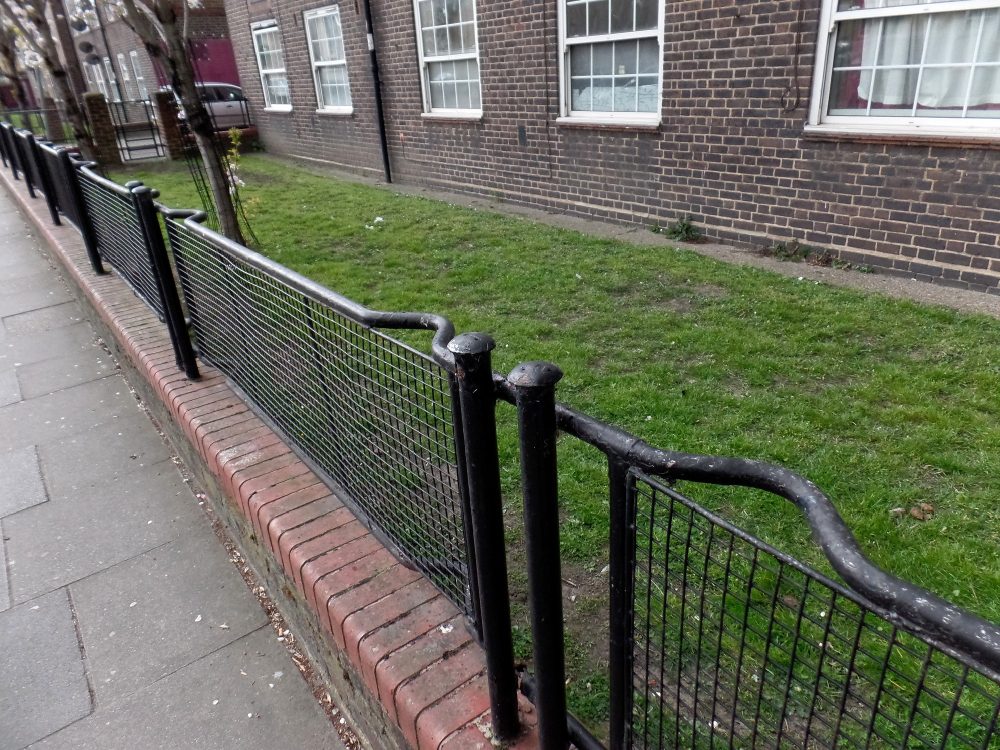
So to answer to Ken’s question – it’s highly likely that they were stretchers used in the Blitz.
I think it’s great that odd bits of our history are still to be found on the streets.
600,000 of these stretchers were manufactured before WW2 in anticipation of mass air raid casualties. Back home I discovered there’s a map of the stretcher railings in London.
Does anybody remember the stretcher railings that were in Bromley by Bow on the High Street?
Alan Tucker
Update 26th April:
Today I printed out the Bromley High Street page from a 1960 copy of the London Post Office Directory and walked back there armed with a Geographers’ map of the streets from the late 1960s. Bit by bit this area has changed and I struggled to remember where things were.
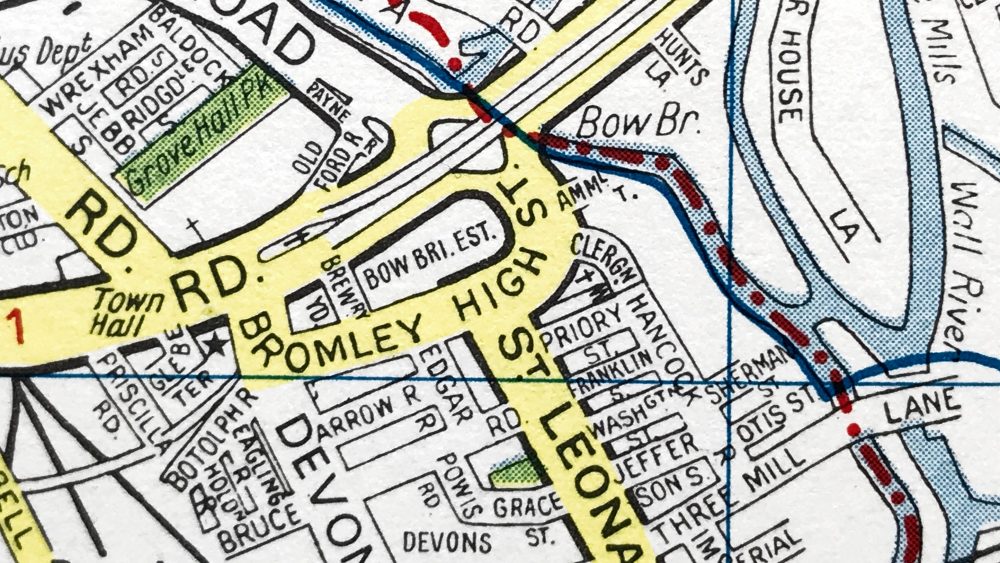
The Blue Anchor was listed at 67 Bromley High Street, but the block of 72 flats which has replaced it, Jolles House, says it’s No.90 on the brass plate by the door.
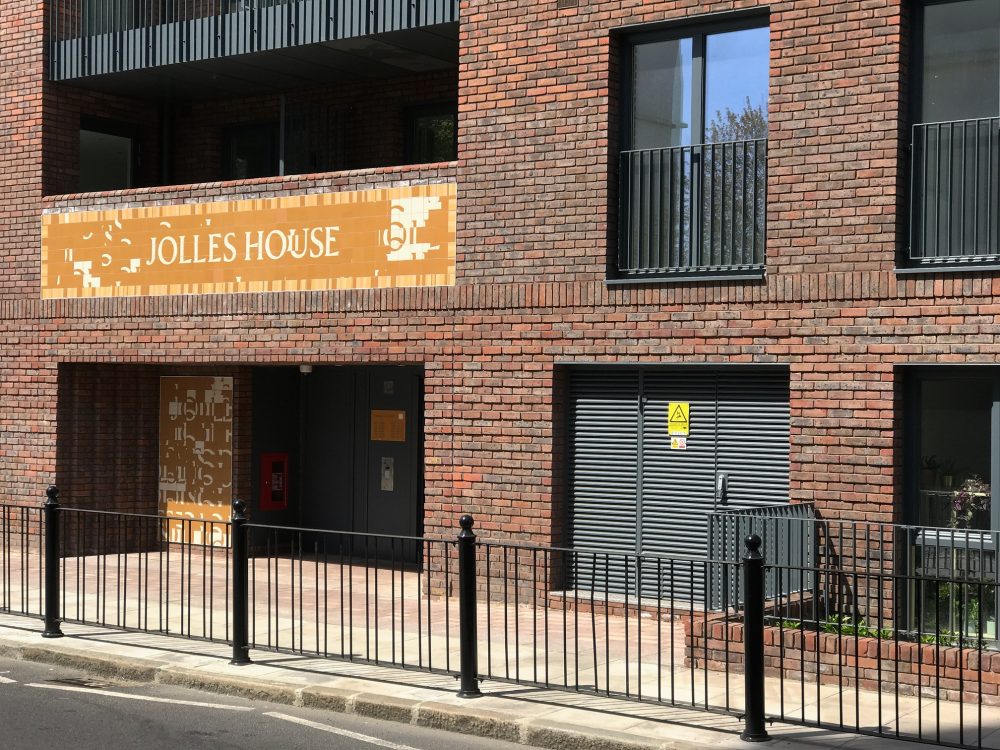
Jolles House sits between Baxter House and Corbin House which are still here, with different types of railings. On this second trip searching for stretcher railing I still drew a blank.
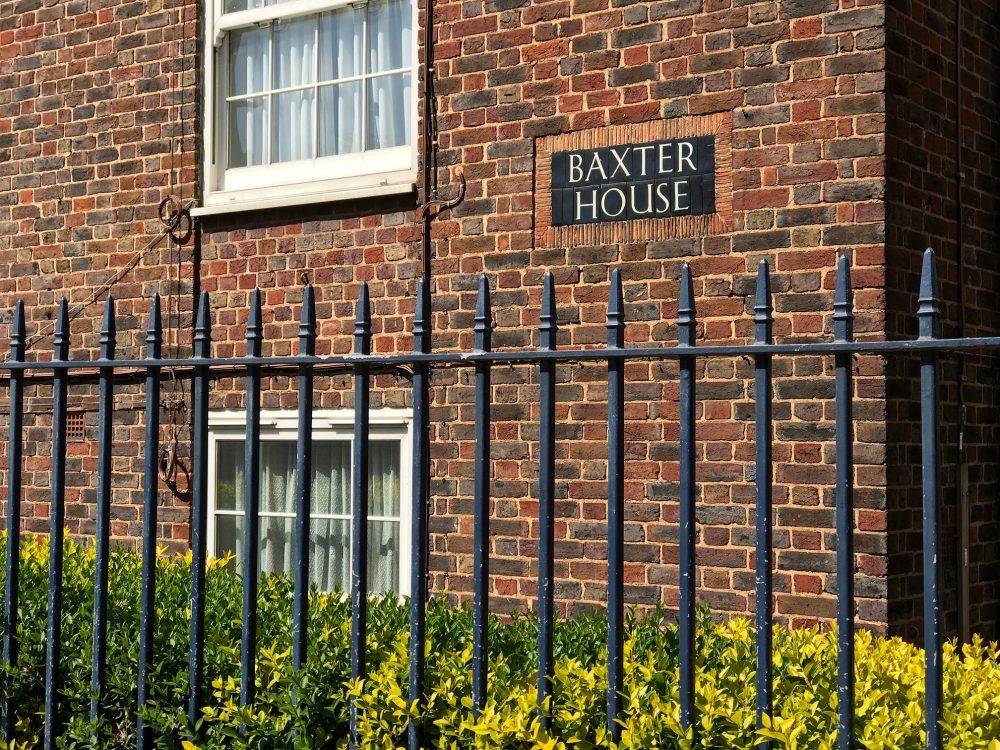
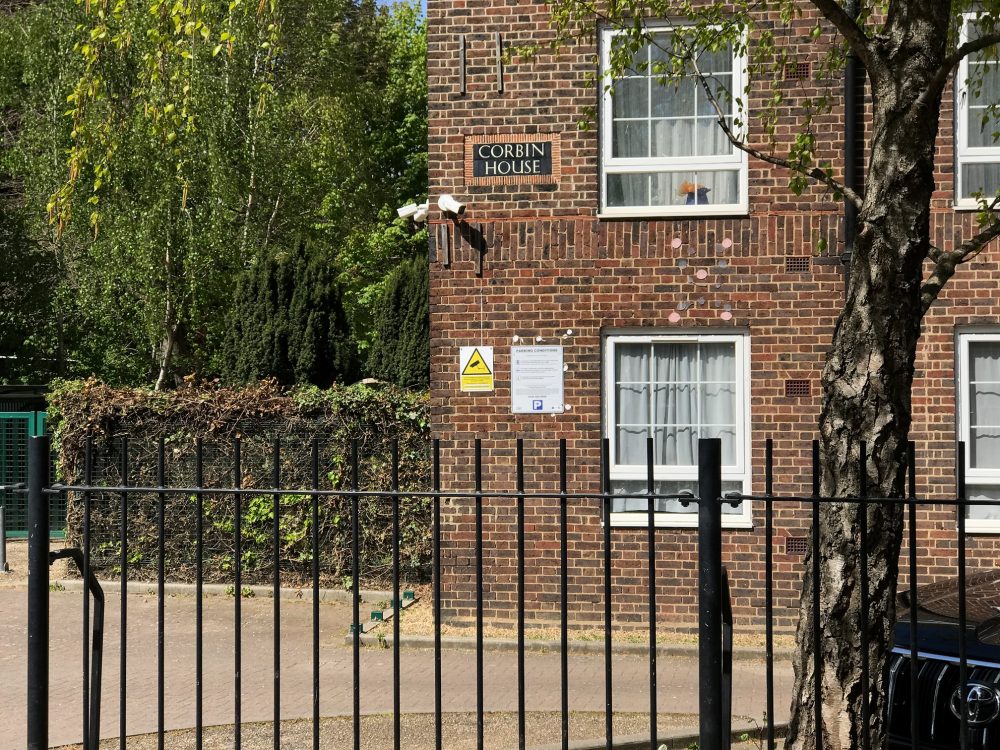
Across the road Ballinger Point occupies the site of the Moulders’ Arms – with nice modern curving railings.
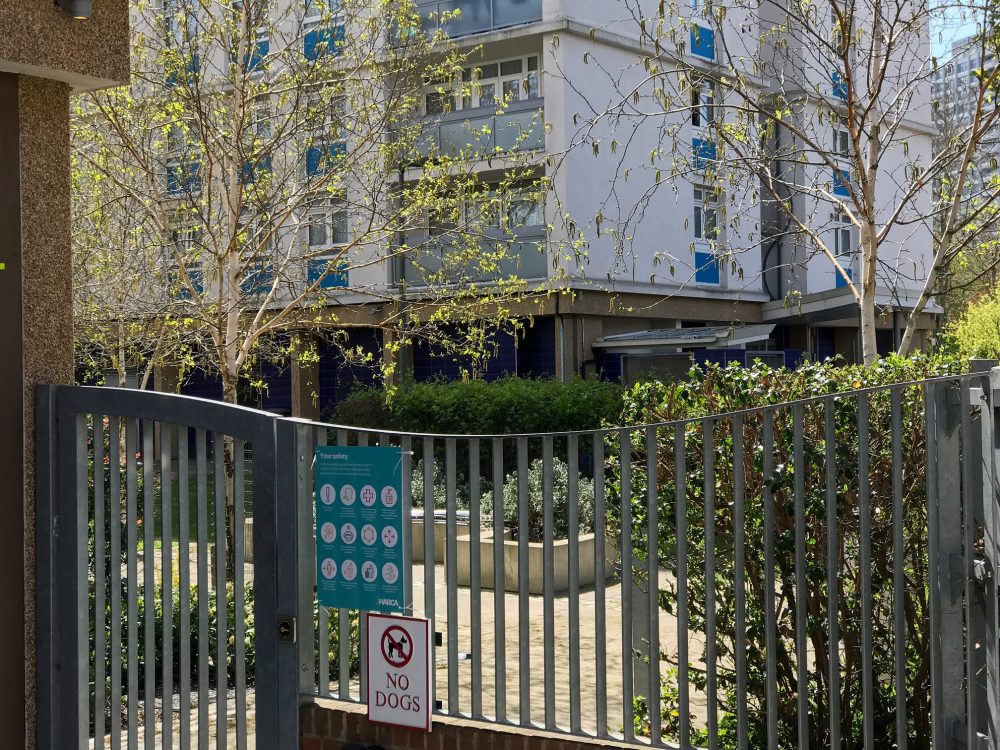
I’m of the belief that we should move on, but it’s still great to sometimes catch glimpses of a very different past.


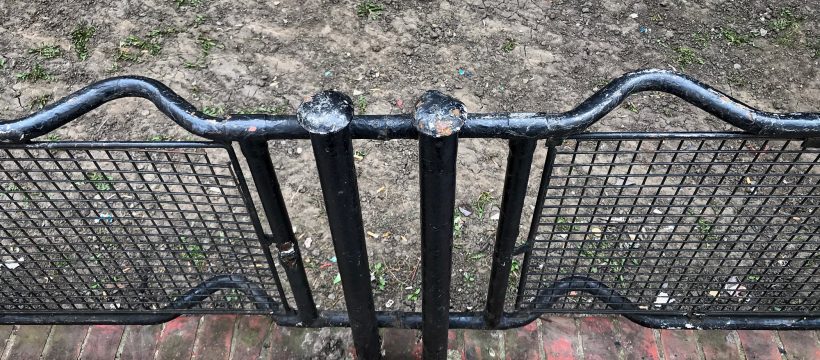
Hi ya
Just come across this site looking up my old school Devon’s Road
Yes those stretcher fences painted green-I lived in Bracken house 1944-1959 as kids we would walk all along the top of these fences (like tight rope walkers the u shape bits were a blessing respite
Thanks for the comment Kim. I walked back for another check today – all the stretcher railings have been replaced now. I’ll add some photos to the bottom of the article.
There are/was a short section of stretcher railing in Bromley High Street approximately opposite where the Blue Anchor pub was.
The second photo , is the buildings I mentioned in my first comment , Sumner house ,was oppiste those buildings , both in watts grove
I was born in Eagaling Road In 1935 and lived in that area until 1950. The area from Ravelley Street – Grace Street down to Bob’s Park across to Talwin street (also known as Love Lane) across Devons Road to the railway was completely demolished by bombs and a Land mine. A Reservoir was dug near Bob’s Park and the mound of earth was left on the site, this grassed over and became know to the children as The Hills.
At the end of the war in 1945 a huge house building programme was needed. The houses and flats that stand there today were built during the period 1945 to 1950. So much material had been used fighting the war that every thing was in short supply and on ration.
Building materials was very difficult to obtain even if you had a government permit.
So when a massive store of stretchers, which had been made for the War Effort was found,
It was quickly decided to use them as railings.
Cher P’s
Great post about history people will go past without a thought. I have seen these in South London .
Ken that was true , When i lived in Sumner house , in Devons road after the war , The flats across the road all had that type of fencing , I think the flats were called bracken and berbris house
Thanks Ken and Alan for reminding me. There were also stretcher railings in Shoreditch alongside St Leonards Hospital by the corner of Nuttall Street and Hoxton Street until the 1990s. Always seemed appropriate by the hospital.